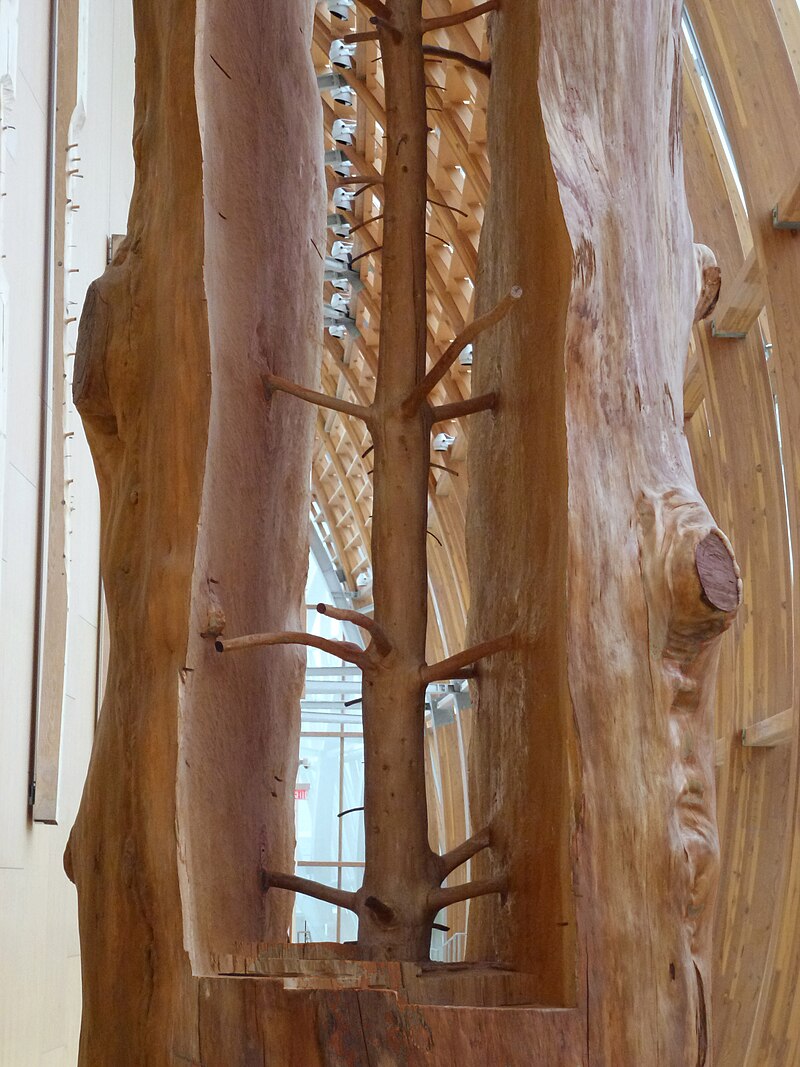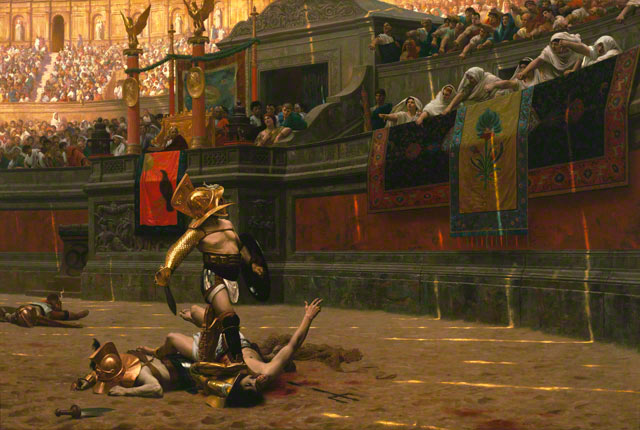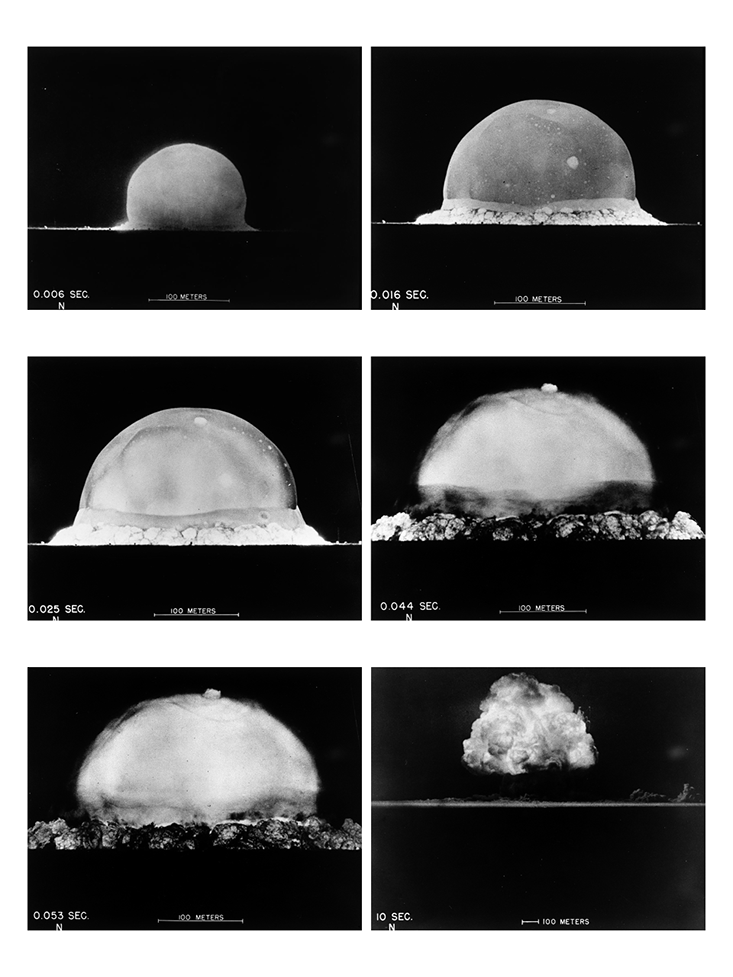Paul Erlic
ART-211
11/14/15
Since there was fire there was entertainment, humankind
has always sought a distraction from the harsh reality of everyday life. It is
widely believed that one of the first forms of entertainment was storytelling,
early humans would sit around a fire and exchange stories fiction and
nonfiction. Overtime story telling evolved just like all things do, eventually
story telling progressed to shows and plays. This long and ever evolving medium
of entertainment eventually spawned what is known today as opera. Opera is at
its core a drama or a play, what sets opera apart from other shows is that the
whole thing is set to music and instruments, the actors are both the characters
and the singers.
Wolfgang Amadeus Mozart was a renowned composer born
during the 18th in Salzburg, Austria. Even at a young age Mozart’s
talent was unparalleled at age five he performed in front of royalty, he is
considered to be a very influential composer during the classical era. Mozart
was a musical prodigy so logically he and an interest in opera and it is to no
surprise that his operas were highly regarded and celebrated by many. Mozart
wrote many operas but one stands amongst the rest Die Entführung aus dem Serail (The Abduction from the Seraglio).
The Abduction from the Seraglio
is broken up into three acts and is classified as a “singspiel “or sing play.
The plot or “libretto” is by Christopher Friedrich Bretzner and includes input
from Gottlieb Stephanie. The Opera is set in Turkey during the 1700’s and
focuses around a man named Pasha Selim who is simply known as Pasha. Pasha
purchases three Europeans from pirates and brings them to his seaside manor. He
buys Constanze, who is a Spanish woman from a prominent family. He also buys
Constanze’s servant who is of English descent and is referred to as Blonde.
Lastly he buys Pedrillo who is the servant of Constanze’s fiancé, Constanze’s fiancé
is named Belmonte. Belmonte is madly in love with Constanze and is willing to
go to the ends of the earth to get her back. Being the faithful fiancé Belmonte
tracks his fiancé and servants to Pasha’s residence. Upon his arrival he
discovers that his fiancé has caught the eye of Pasha, and that his servant
Pedrillo is now the Gardner. Constanze’s maid, Blonde has been given to Osmin who is Pasha’s
overseer. Belmonte runs into Osmin first and while trying to obtain information
about his fiancé mentions Pedrillos name. Osmin feels threatened by Pedrillo
because he views him as competition for Blonde. Osmin proceeds to insult
Belmonte who leaves in disgust, Pedrillo enters and is berated and threatened
with death and torture by Osmin. Shortly after Belmonte returns and finds
Pedrillo, Pedrillo tells him that the Pasha loves Constanze and is trying to
court her, however she cannot forget her former love. Together Pedrillo and
Belmonte make an escape plan for all four of them, the only obstacle is Osmin.
Pedrillo manages to introduce Belmonte to the Pasha and passes him off as an up
and coming architect. Pasha is pleased to meet him and agrees to meet Belmont
again the next day. The next day Belmonte and Pedrillo arrive at the palace and
attempt to enter, Osmin attempts to bar the entrance but is quickly confused by
the two and allows them entry.
Act II begins in a garden with
Blonde repelling Osmin’s advances and threatens to harm him. Osmin leaves and Constanze enters, Pasha enters and again
asks her to marry him Constanze refuses and insists that she would rather die. After they
leave Blonde and Pedrillo discuss the escape plan of getting Osmin drunk and
taking Belmonte’s ship to safety. Pedrillo succeeds in getting Osmin drunk and
allows for all four lovers to reunite.
Act III starts off with Pedrillo
setting up a ladder under the ladies window and sings a song to signal the
escape. Osmin is woken by the song and in his drunken state takes all four of them to a very angry Pasha.
Belmonte is forced to plead for his life and explains that his father is the Governor of Oran and will pay a handsome ransom for all of
them. Unfortunately Pasha and Belmonte’s father are long standing enemies
because Belmonte’s father exiled him from Spain. The Pasha is overjoyed that he
has captured his enemies’ son and gives the young couple a moment for their
last farewell. When the Pasha returns his attitude is much different and he
decides that rather than repay evil with evil he will turn the other cheek. He
sets all four of them free and they all praise him for his kindness and sail
off into the sunset.
The Opera is mainly centered on
Belmonte this is made evident to the viewer through the use of several techniques.
Firstly Belmonte is in almost every scene, he is dressed in a different fashion
than the other characters, and the lights highlight his position in the scenes.
The attitude of the play is intended to be upbeat but at its heart is similar
to a modern day romantic comedy. Firstly the colors of the stage on the
costumes keep the mood light cheerful. The songs are playful and poke fun at
the different nationalities present in the play. In addition to this there a
several cases of dramatic irony throughout the play, this is intended to make
the viewers squirm in the chairs as they watch the characters make mistakes. In
addition the play being up beat and light hearted there is a happy ending all
four of the captured actors get to live and it is presumed that the Pasha and
Belmonte’s father make peace.
Technology always plays a major part
in entertainment, movies are always pushing the limits when it comes to video
editing technology. The same can be said for operas, theaters are constantly
finding new ways to create effects for operas. At the time the equipment used
to film this opera was without a doubt bleeding edge technology. In addition to
this the equipment used to light the play can also be considered technology.
Many lighting systems in large theaters are extensive and require a large
number of people to operate them. In addition to this the lights are not
ordinary lights and are purpose built for stage lighting. The opera also
required technology to make the sets that the play uses without modern power
tools it would be a challenge to create an expansive and immersive set for the
opera. Computers and printers were also necessary to create the scripts,
playbills, and any promotional material for the opera. Even though some view
people view opera as an outdated form of entertainment it still requires a great
deal of technology to operate. It may not use the same technology as the movie Transformers
but sometimes less is more when it comes to telling a story.
This opera has the classic damsel in
distress story line and could be easily translated into a video game today.
Mario, The Legend of Zelda, and many other games follow a story that is not
dissimilar of this operas. I would translate the opera into a first person
rescue game, the user would control Belmonte and his actions. In order to make
the game more appealing to consumers I would add enemies for Belmonte to
defeat. To keep with the original time frame I would put the game in the same
setting and add weapons that would fit the time frame accordingly. The game
would also have a stealth portion to it, specifically the part where Pedrillo
gets caught setting up the ladder. Instead of the traditional ending where the
Pasha spares them; I would set up a sort of “boss fight” where Belmonte defeats
the Pasha and spares his life. In return for Belmonte’s restraint the Pasha
grants the couples safe passage home and they sail off into the sunset at the
end of the game.








 When you design something you have an objective in mind, if you want to make a car you select the criteria you want to fill like mpg, size, cargo room, etc. The purpose of designing an object is to make something that has a use or an end purpose. Art on the other hand is just art it does whatever the viewer wants it do. However the lines do get blurred between the two fairly often. We'll go back to the car example after you've selected your criteria you have to decide how the car is going to look. That portion of the process in my opinion is art the style and look of the car is artistic expression of who ever made the first clay model. But here's where things get tricky, if the artist is told to make the car look a certain way because a portion of the market likes sleek smooth cars then the question arises. Is it art or is it a design? Truthfully I can say that I don't know the answer to that question what I do know is that art and design have always gone hand in hand and will always go hand in hand. What do you think?
When you design something you have an objective in mind, if you want to make a car you select the criteria you want to fill like mpg, size, cargo room, etc. The purpose of designing an object is to make something that has a use or an end purpose. Art on the other hand is just art it does whatever the viewer wants it do. However the lines do get blurred between the two fairly often. We'll go back to the car example after you've selected your criteria you have to decide how the car is going to look. That portion of the process in my opinion is art the style and look of the car is artistic expression of who ever made the first clay model. But here's where things get tricky, if the artist is told to make the car look a certain way because a portion of the market likes sleek smooth cars then the question arises. Is it art or is it a design? Truthfully I can say that I don't know the answer to that question what I do know is that art and design have always gone hand in hand and will always go hand in hand. What do you think?
.jpg)

 Another piece link that caught my eye was the brief history of music videos link. The website the link goes to provides a timeline of the evolution of music videos. It was very fascinating to see that the first music video was made in 1956 by Tony Bennett. Furthermore the site does an excellent job of showing the progression of music videos and how the path they took to shaping our culture today. Both links provided me with insights as to how music videos are made and why they can be so abstract in nature but still retain their message.
Another piece link that caught my eye was the brief history of music videos link. The website the link goes to provides a timeline of the evolution of music videos. It was very fascinating to see that the first music video was made in 1956 by Tony Bennett. Furthermore the site does an excellent job of showing the progression of music videos and how the path they took to shaping our culture today. Both links provided me with insights as to how music videos are made and why they can be so abstract in nature but still retain their message.